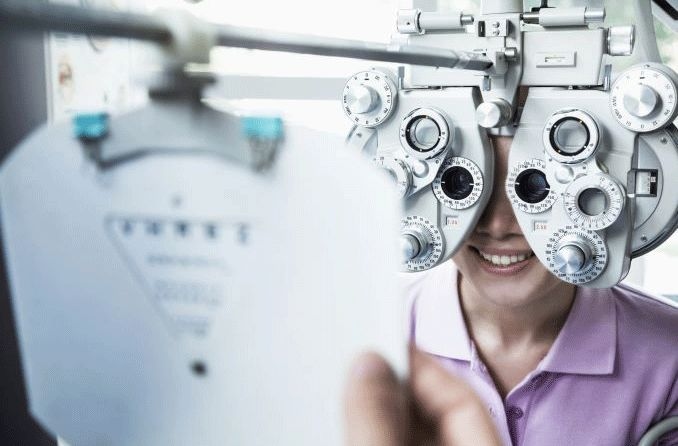- Amblyopia
- Astigmatism
- Blindness & Low Vision
- Cataracts
- Color Blindness
- Diabetic Retinopathy
- Dry Eye
- Eye Floaters
- Glaucoma
- Heterochromia
- Hyperopia
- Macular Degeneration
- Myopia
- Nystagmus
- Ocular Migraine
- Presbyopia
- Ptosis
- Strabismus (Eye Misalignment): Articles on Causes and Treatments
- Retinal Detachment
- More Conditions
- VIEW ALL
- VIEW ALL
FSA and HSA Vision Resources
FSA and HSA funds are pre-tax dollars that can be spent on pre-approved vision and health products and services.
Related Articles
All About Vision and AllAboutVision.com are registered trademarks of Essilor Laboratories of America, Inc © 2000-2025 Essilor Laboratories of America, Inc. The content on this site is for informational purposes only. All About Vision does not provide medical advice, diagnosis or treatment. Contact an eye doctor if you need medical attention.






